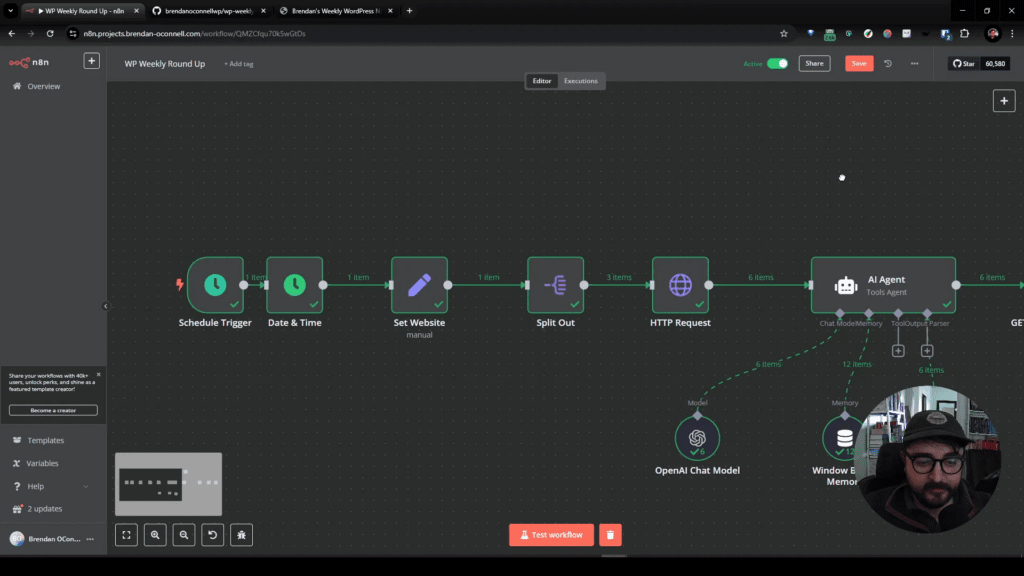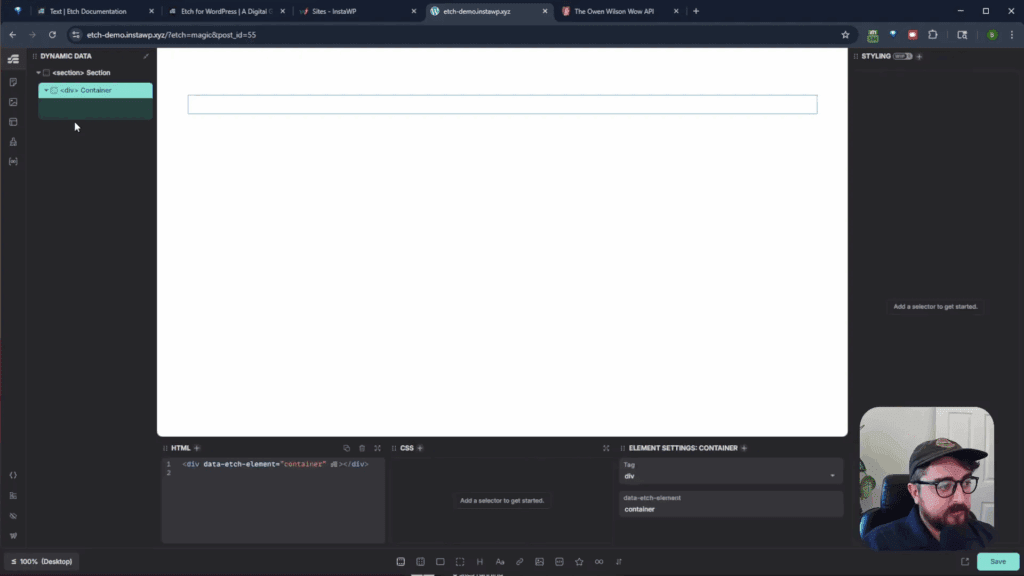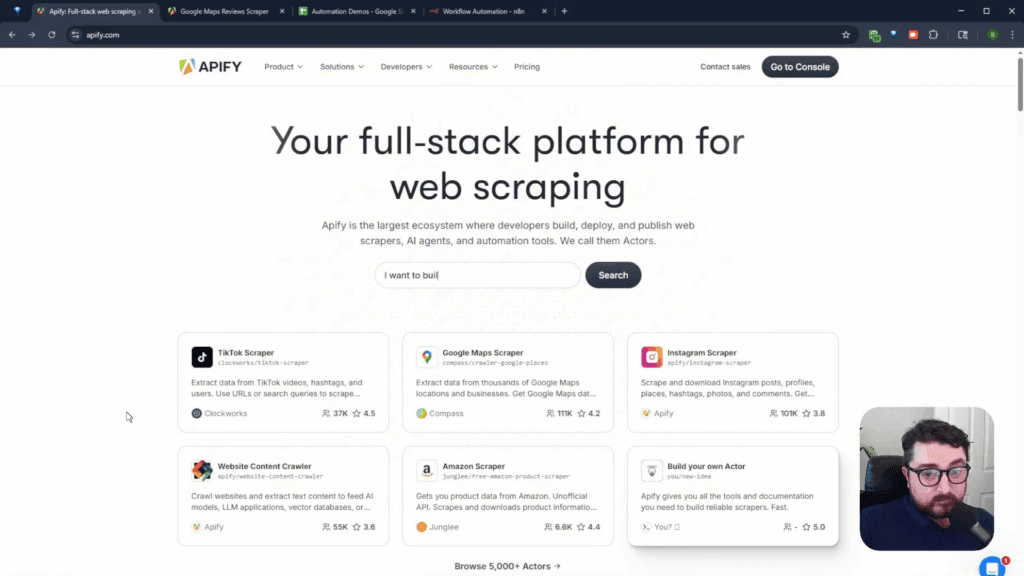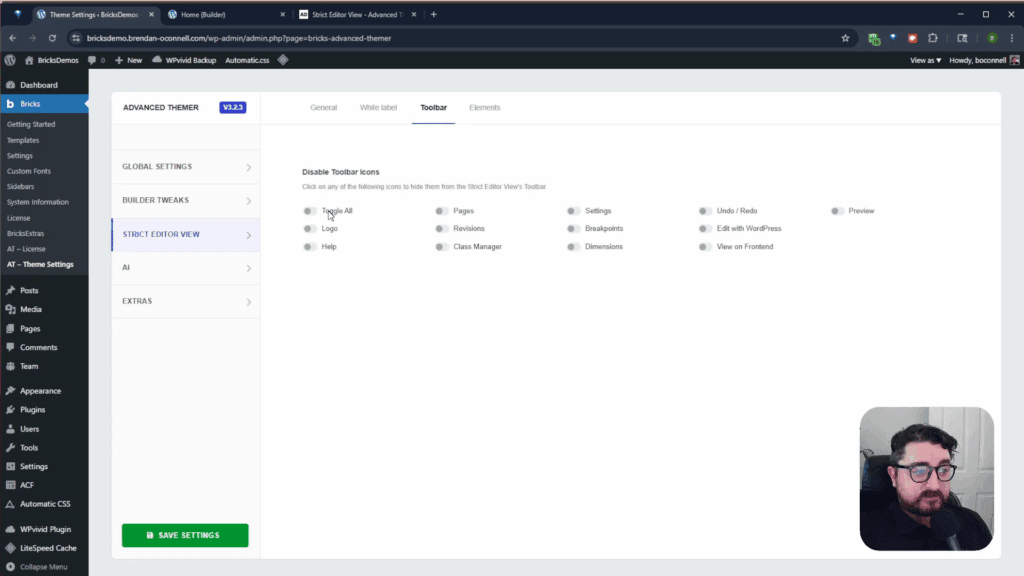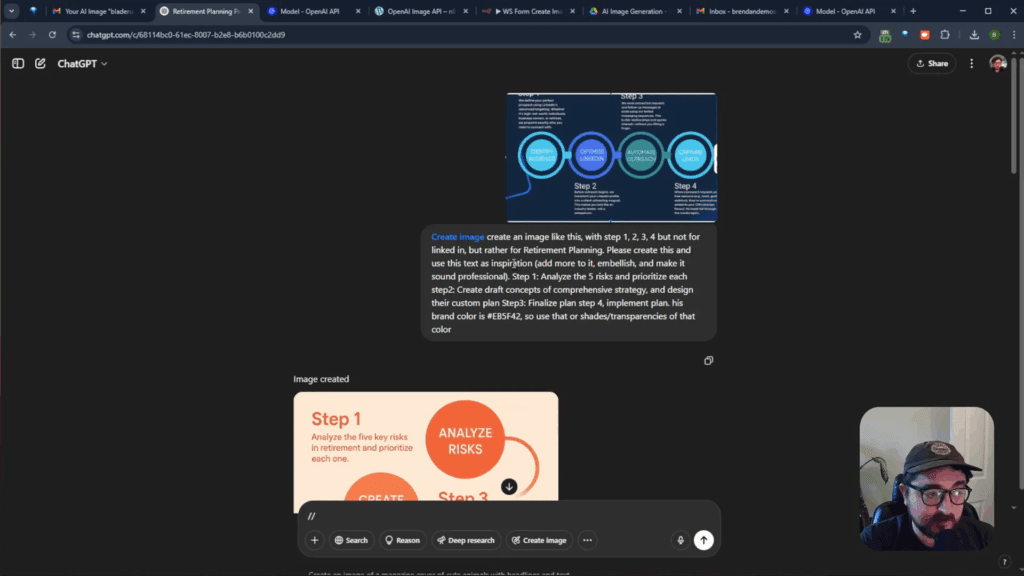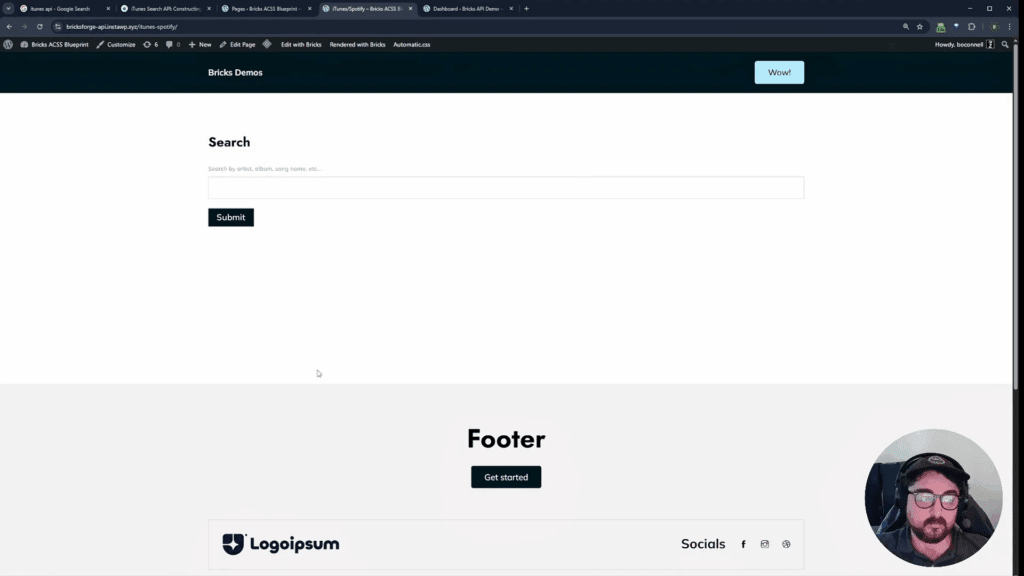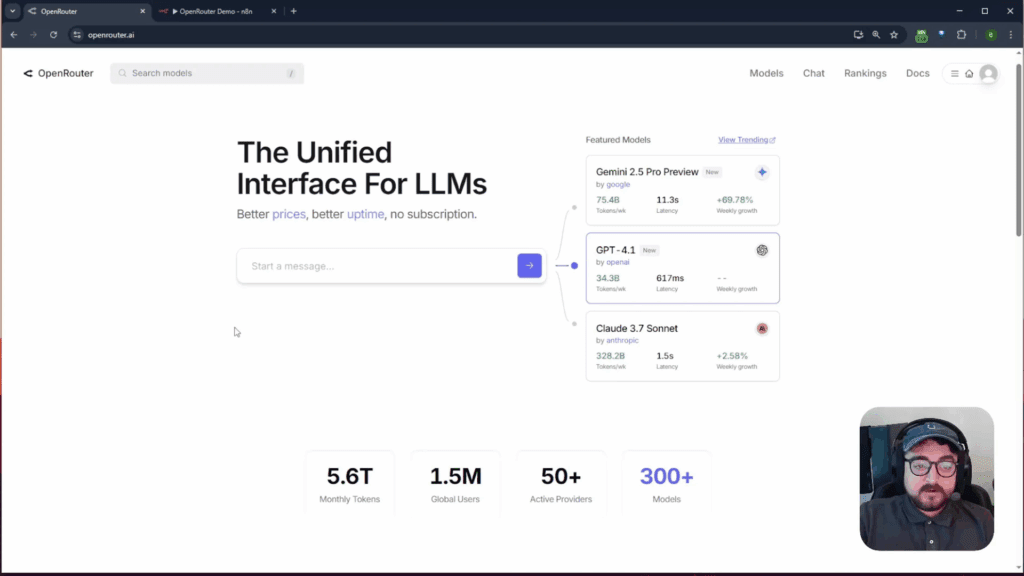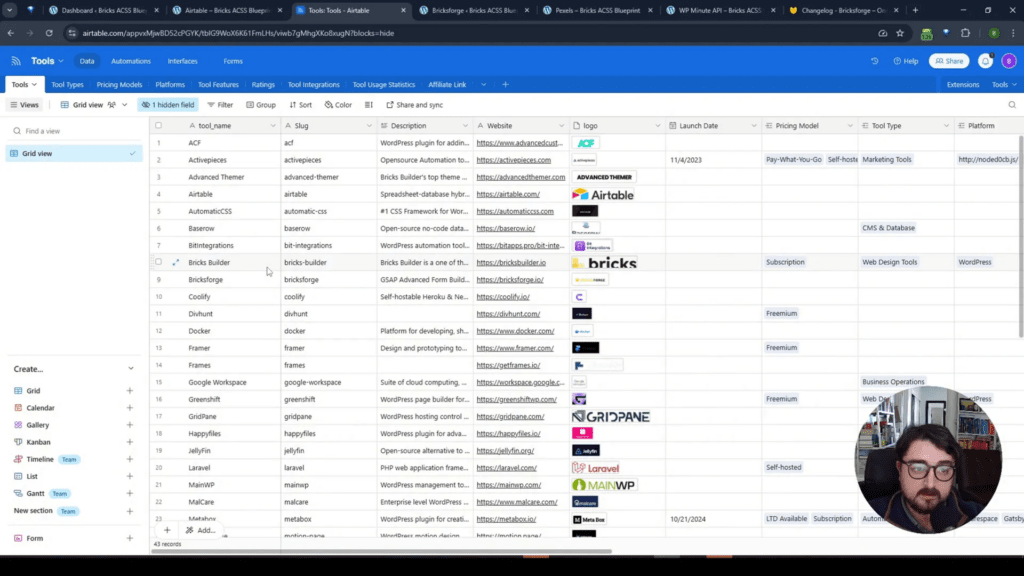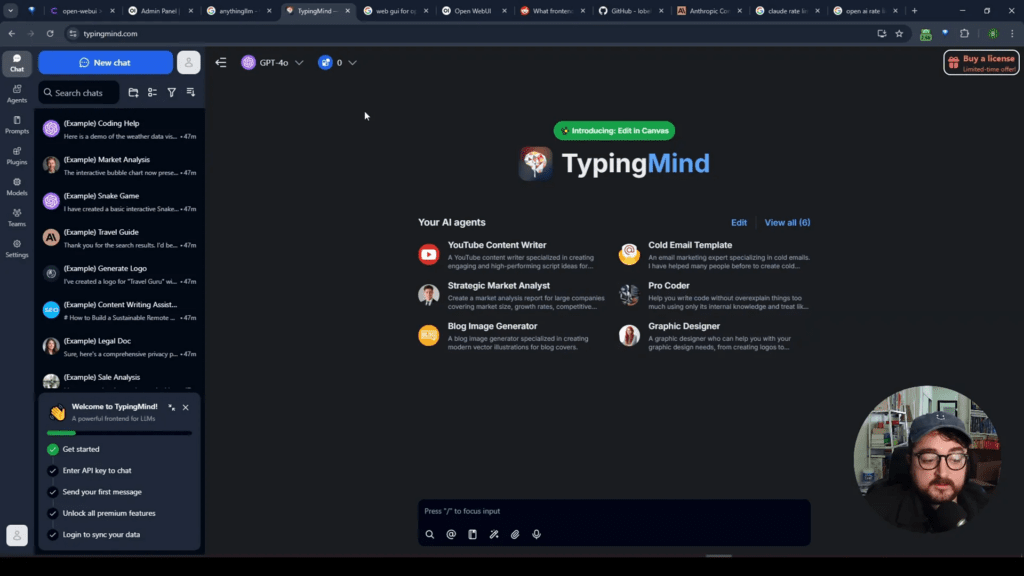Automation can streamline processes, save time, and enhance content sharing. In this guide, I’ll walk you through the creation of an automated newsletter that aggregates blog posts from various websites, summarizes them using AI, and publishes them on a public URL. This project is particularly beneficial for businesses and nonprofits looking to share content regularly without a manual effort.
Table of Contents
- Overview of the Automated Newsletter
- Setting Up the Workflow
- Fetching and Summarizing Posts
- Generating the HTML Template
- Publishing to GitHub Pages
- Testing and Troubleshooting
- Potential Use Cases
- Refining the Process
- FAQs
- Conclusion
Overview of the Automated Newsletter
Imagine having a newsletter that compiles all relevant blog posts from multiple sources into a single, digestible format. This automated system fetches the latest posts from selected websites, summarizes them, and presents them neatly on a GitHub Pages URL. The process runs weekly, ensuring that the content is up-to-date.
Setting Up the Workflow
The workflow is relatively straightforward and linear, designed to run every week. You can adjust the frequency to daily or monthly based on your needs. Here’s a breakdown of how it works:
- Initiate a flow that triggers on a specified schedule.
- Input an array of website URLs from which to fetch posts.
- Perform HTTP requests to the respective REST API points for each site.
- Extract necessary fields such as title, content, and featured images.
- Summarize the content using an AI agent.
- Generate an HTML template to display the summarized posts.
- Upload the HTML document to GitHub Pages for public access.
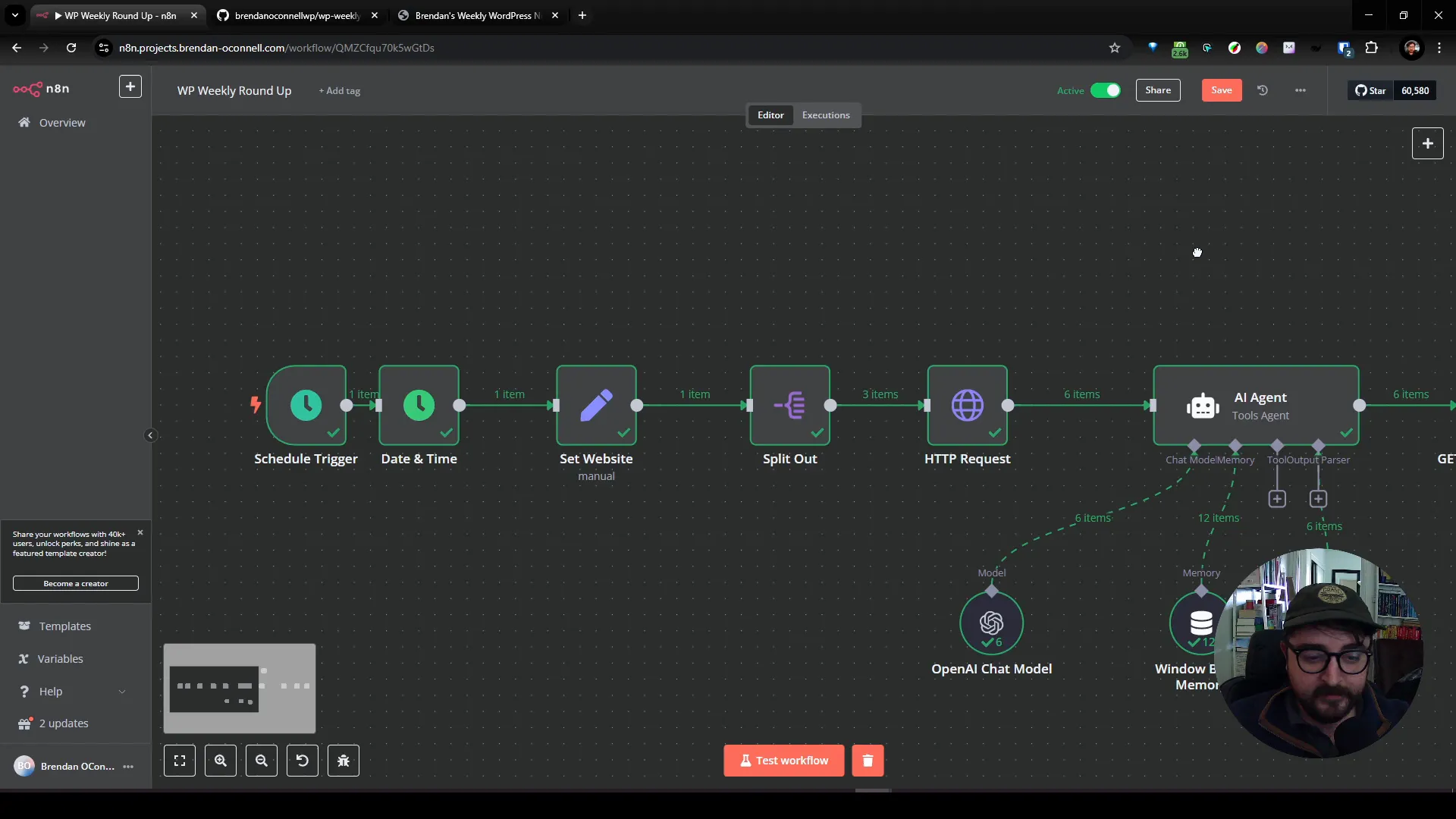
Adding Websites to the Workflow
To include additional websites, simply add their URLs to the array. For instance, if you want to include Brian’s blog, you can easily append it to the list. This flexibility allows you to expand the sources of your content effortlessly.
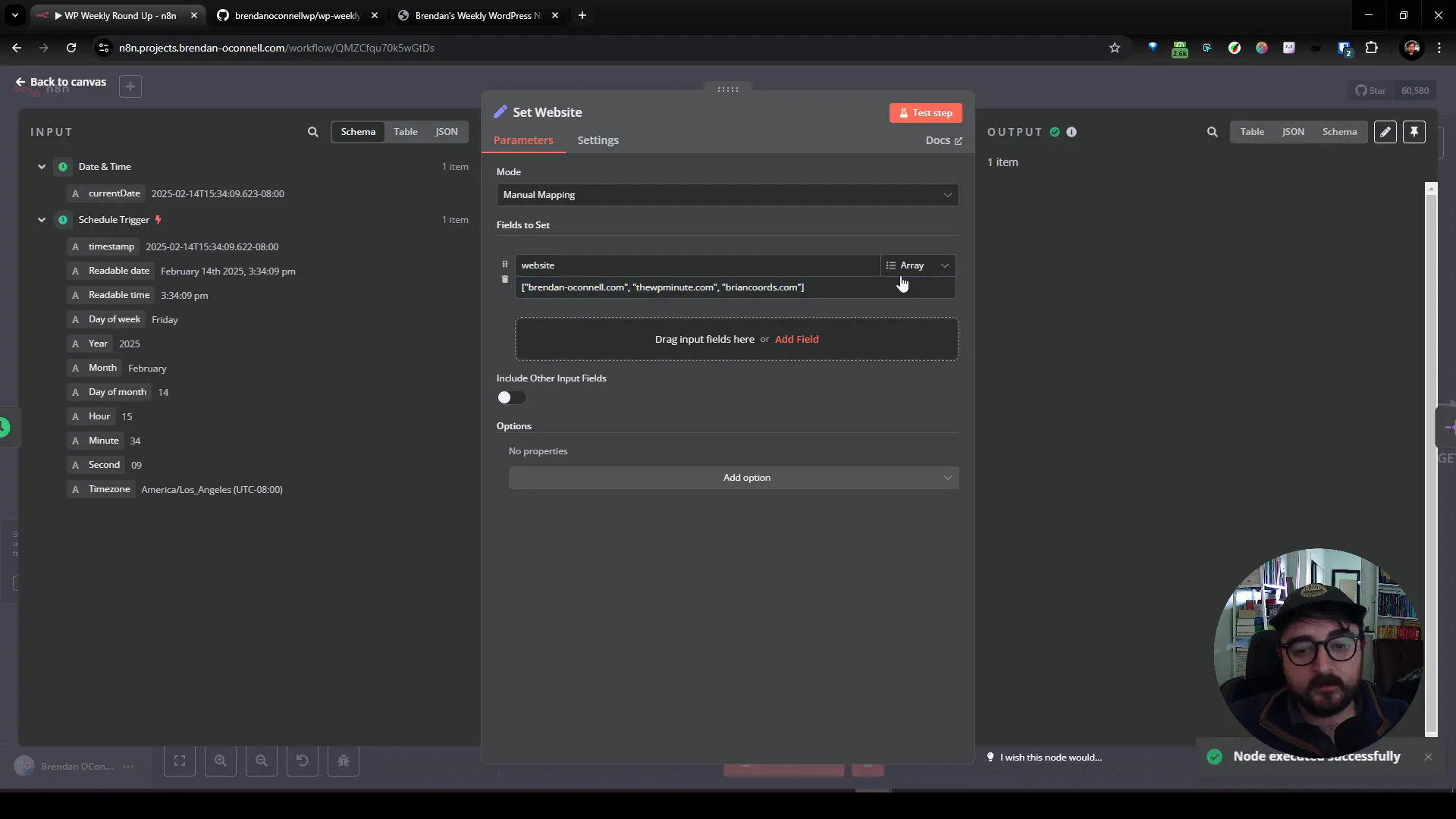
Fetching and Summarizing Posts
Once the URLs are set, the next step is fetching the posts from these websites. The workflow utilizes HTTP requests to retrieve data from the REST APIs of the specified sites. Here’s how it works:
- Perform an HTTP GET request to each URL.
- Filter the results to include only posts published within the last week.
- Send the retrieved data to an AI agent for summarization.
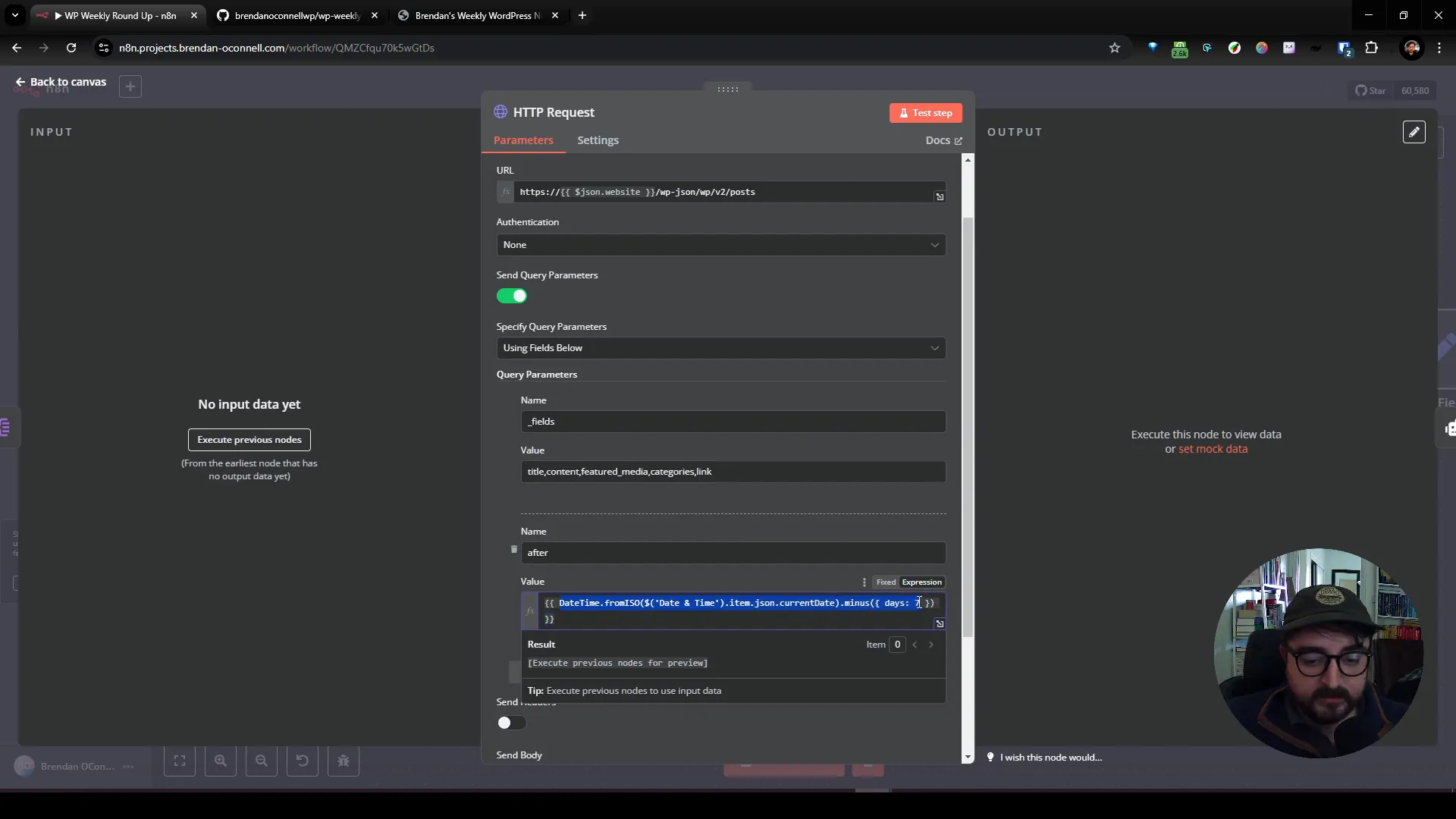
The Role of the AI Agent
The AI agent processes the fetched data, summarizing each article into a concise format. You can customize the output to ensure the summaries are relevant and informative. The AI returns the data in a specific JSON format that’s easy to manipulate in subsequent steps.
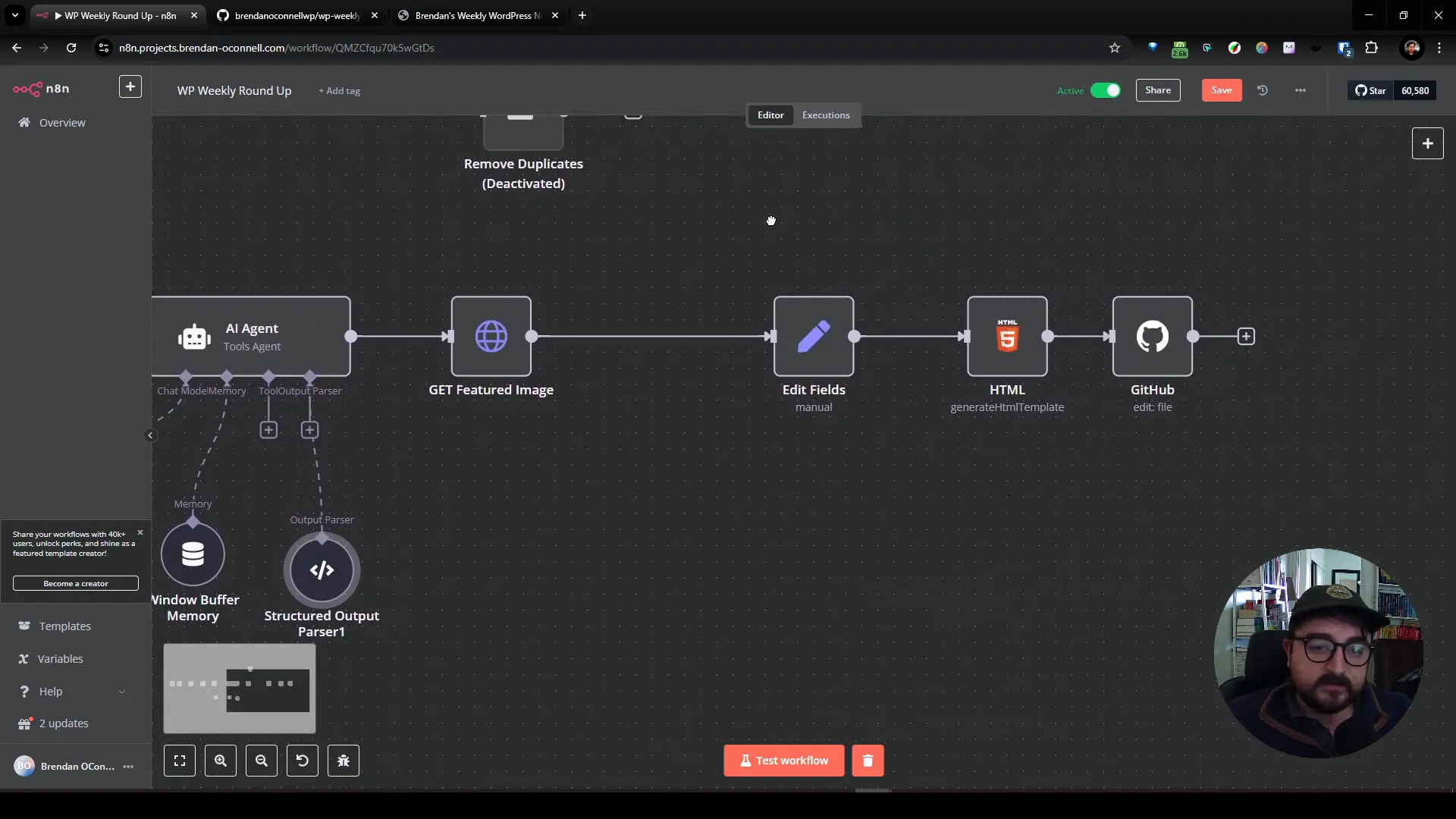
Generating the HTML Template
With the summarized data ready, the next step is creating an HTML template. This template will display the posts in a user-friendly manner. Here’s what the process entails:
- Start with a basic HTML structure, including a header and style elements.
- Implement a light/dark mode toggle for user preference.
- Create dynamic cards for each summarized post, including the title, summary, and featured image.
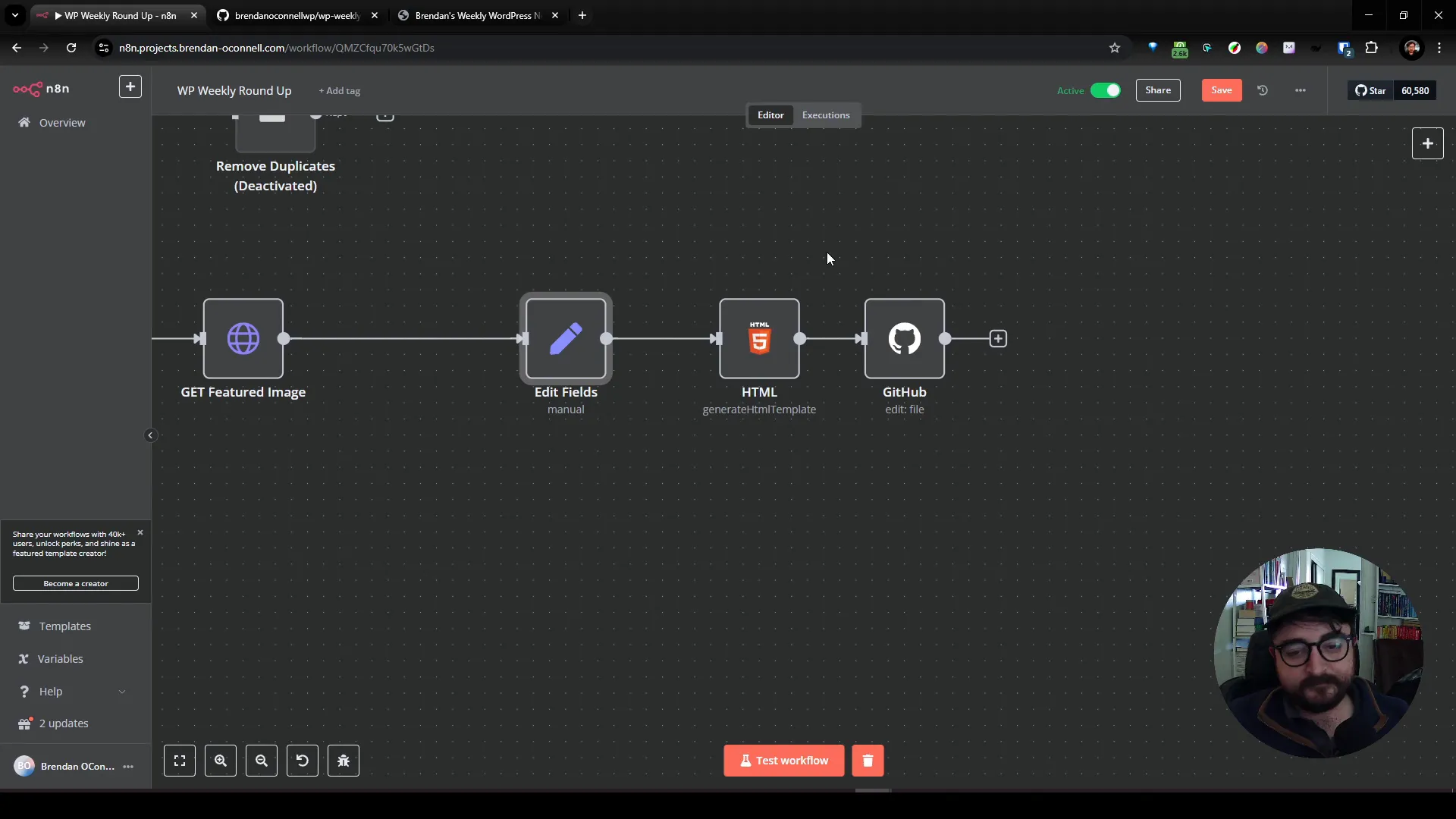
Publishing to GitHub Pages
Once the HTML document is generated, it’s time to publish it. The workflow automatically uploads the HTML file to GitHub, where it can be hosted as a GitHub Page. Here’s how you can do it:
- Connect to your GitHub repository through the workflow.
- Execute the workflow to push the HTML document.
- Visit your GitHub Pages URL to view the live newsletter.
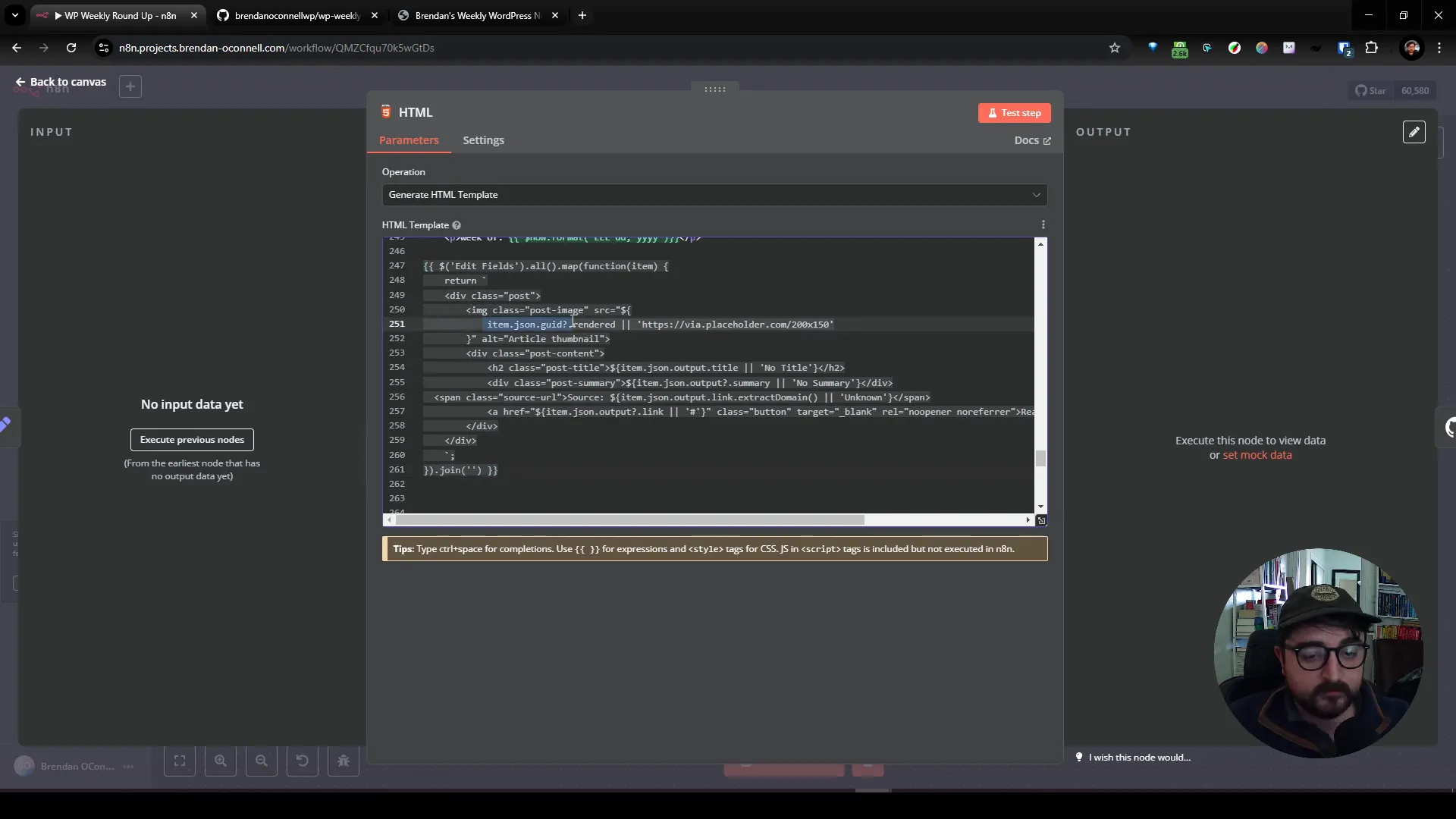
Testing and Troubleshooting
After setting up the workflow, it’s crucial to test it to ensure everything functions as expected. Run the workflow and check the results. If you encounter issues, such as a site not having its REST API enabled, you may need to switch out the URL with a different one that is accessible.
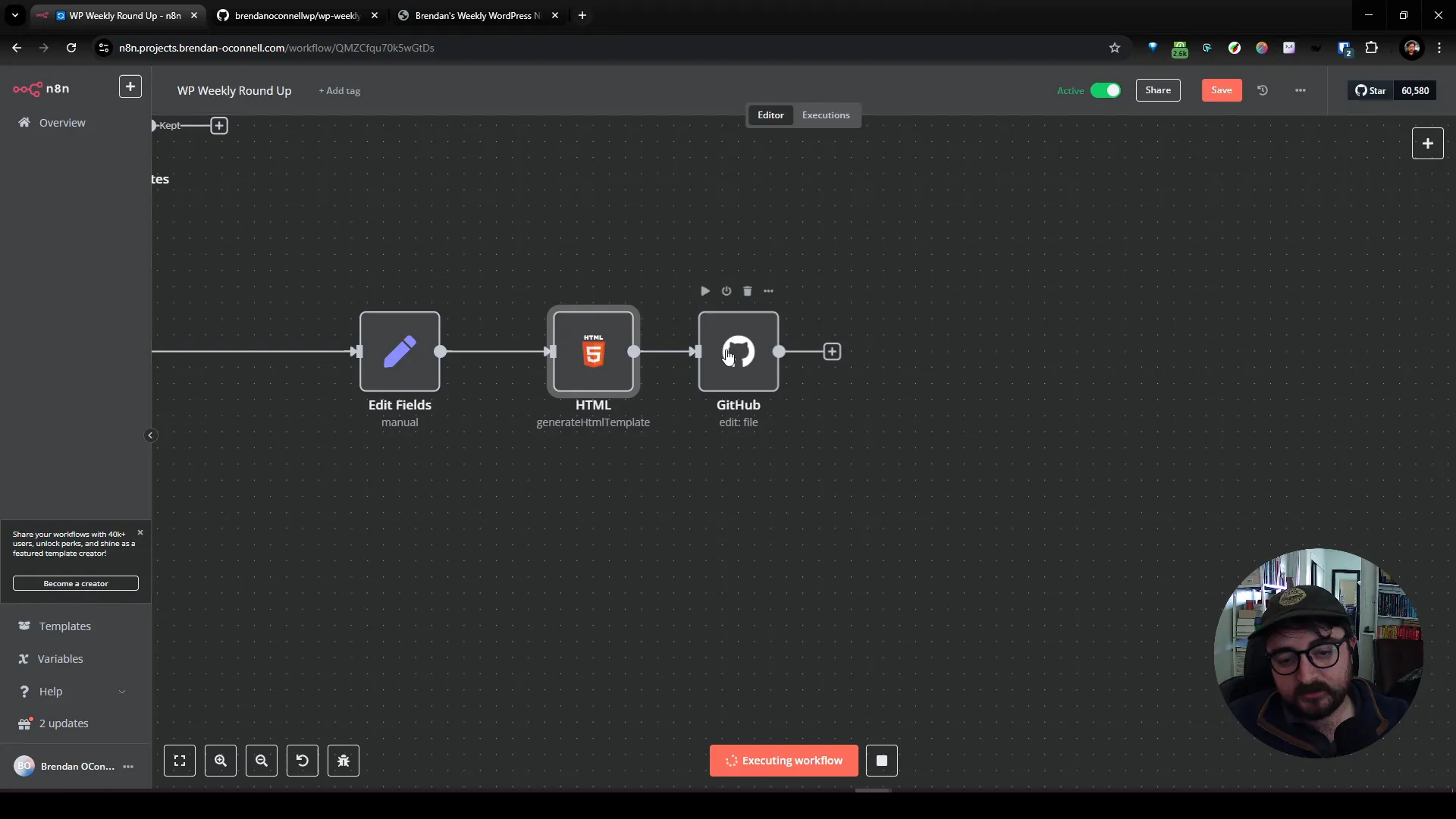
Potential Use Cases
This automated newsletter system can serve various purposes:
- For clients looking to distribute their content weekly without manual input.
- To summarize and share industry-relevant news on social media platforms.
- As a tool for content curation, providing a digest of relevant articles to subscribers.
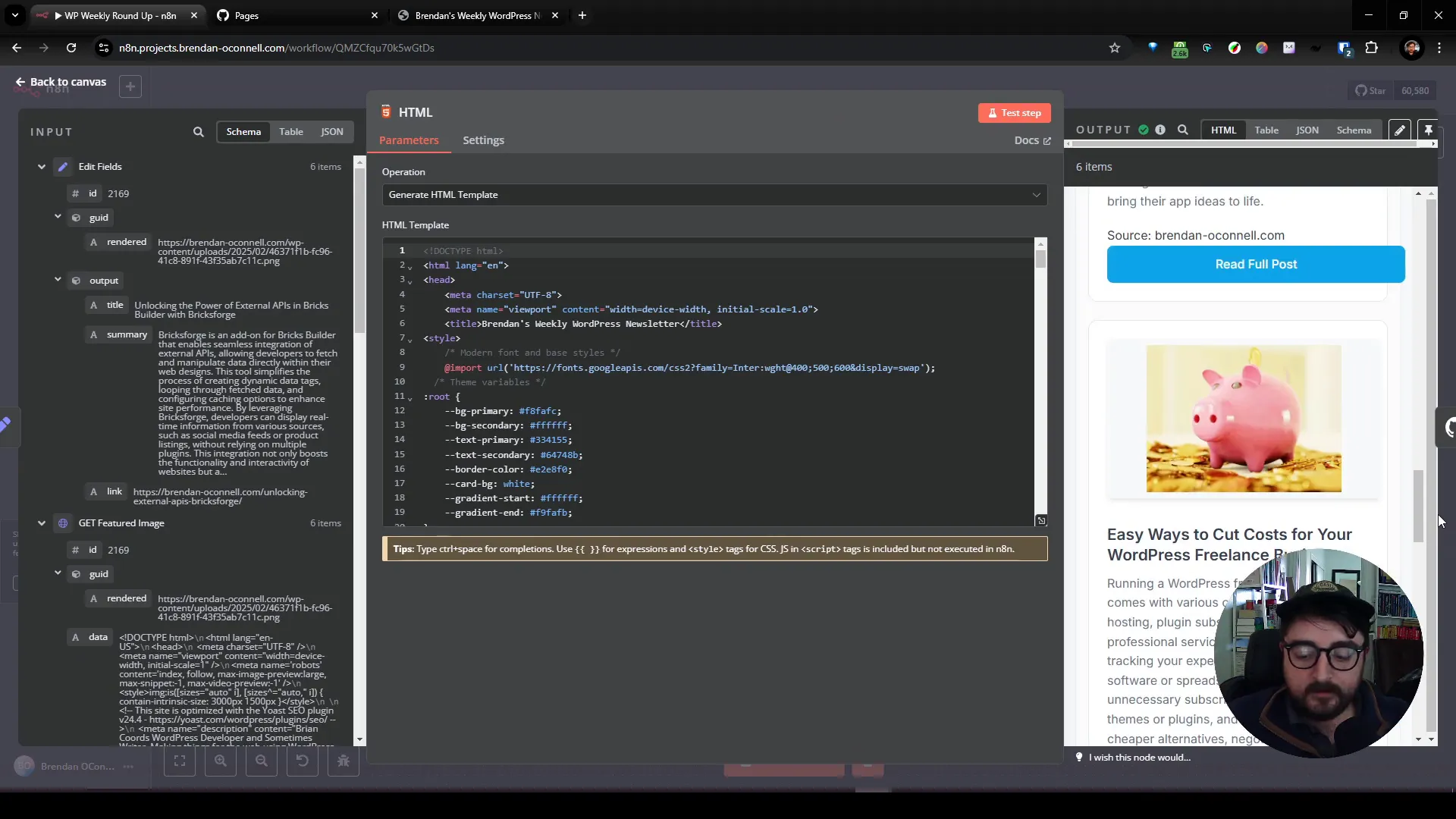
Refining the Process
While the current workflow is functional, there’s always room for improvement. Consider adding features like:
- Integration with social media for automatic posting of summaries.
- Enhanced AI capabilities for better summary quality.
- User feedback mechanisms to improve content selection.
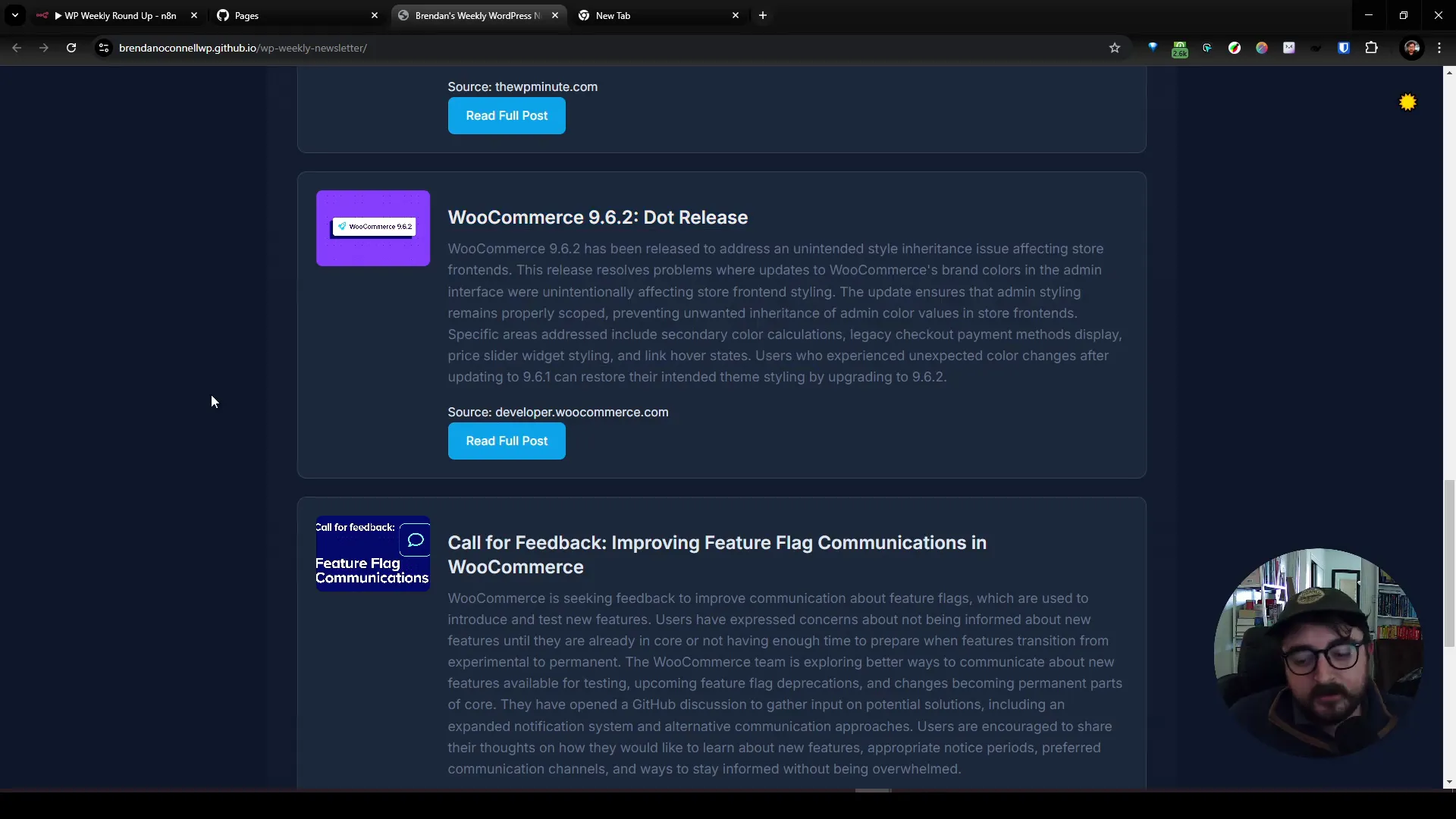
FAQs
What is n8n?
n8n is an open-source workflow automation tool that allows you to connect various applications and services through customizable workflows.
How often does the newsletter get updated?
The newsletter can be set to update weekly, but you can adjust the frequency to suit your needs.
Can I add more websites to the newsletter?
Yes! You can easily add more URLs to the workflow to expand the content sources.
What if a website doesn’t have a REST API?
You may need to replace that URL with one that does support REST API access to fetch the posts successfully.
Conclusion
Creating an automated newsletter using n8n is a powerful way to streamline content aggregation and distribution. With simple adjustments, you can tailor the workflow to meet your specific needs, enhancing your content strategy significantly. I plan to refine this project further and may create a detailed video tutorial on the process. Stay tuned!
For more insights on WordPress design and automation, visit Brendan O’Connell | WordPress Design | Dev | Education or check out my YouTube channel at Brendan O’Connell – YouTube.

